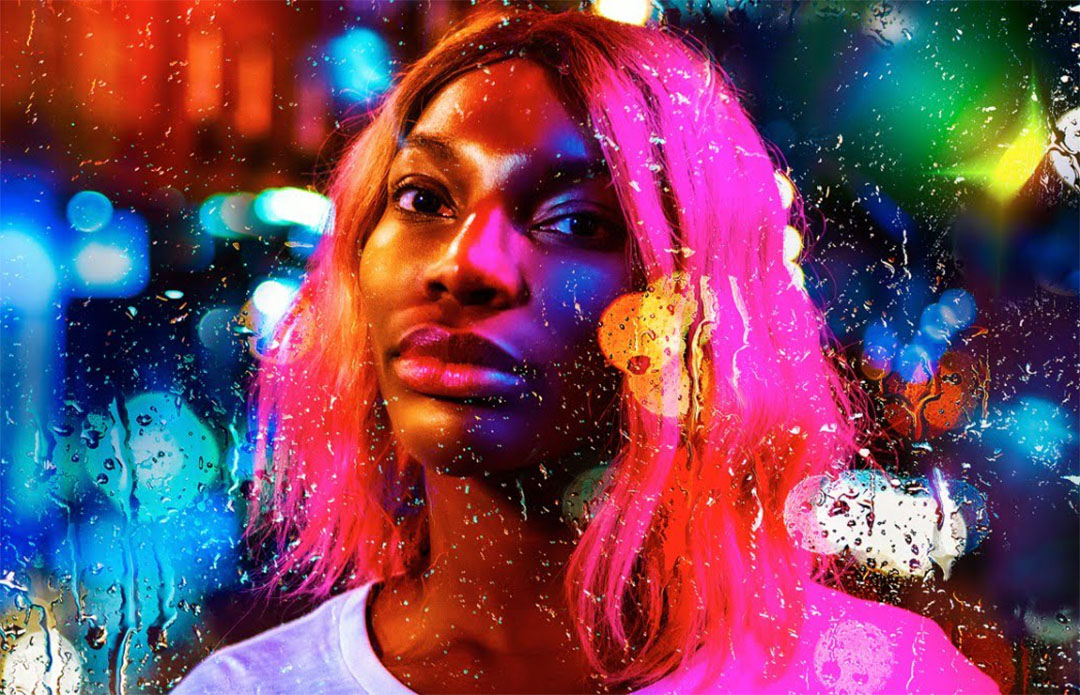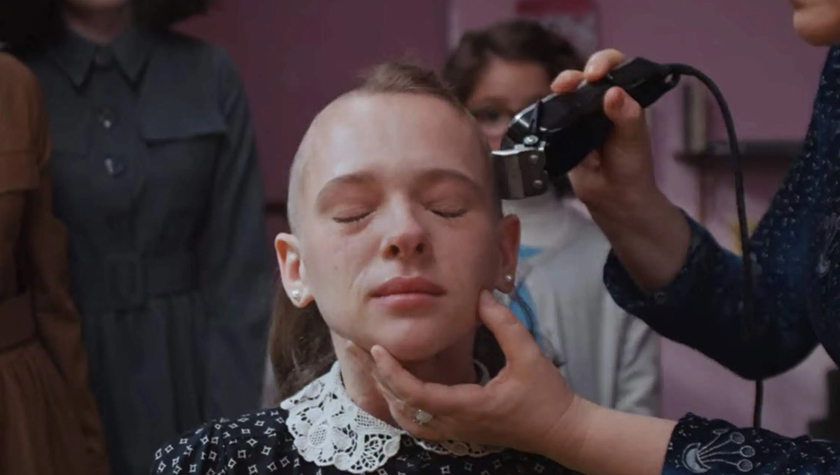All the Write Moves: 'Unbelievable'
September 30, 2019
There’s a long and noble tradition of TV shows tackling serious social issues, but there’s also a long and not-so-noble tradition of TV shows transforming social issues into sensationalism. It’s the safe move, from the perspectives of business and storytelling, because going lurid ensures that shows get attention. It also ensures that shows are easy to write: cardboard characters, earnest speeches, and tidy solutions. All of which is a long way of saying that creators Susannah Grant, Ayelet Waldman, and Michael Chabon of Netflix’s new drama series Unbelievable, did not play it safe. Clinical and meticulous, Unbelievable breaks tradition and treats difficult subject matter with the respect it deserves.
Although the subject matter is sexual assault, Unbelievable also pursues a related topic. Reflecting emotions that were stirred up by Dr. Christine Blasey Ford’s Congressional testimony last year, Unbelievable asks the central questions of the #MeToo era—do we automatically believe women who report sexual assault, and under what circumstances is it appropriate to question their stories? To examine these volatile ideas, Unbelievable puts viewers inside the emotional state of an accuser whose actions raise doubts about her credibility.
The Whole Truth
Based on nonfiction reporting about sexual assaults in two states, the team behind Unbelievable boasts an impressive pedigree. Grant is an Oscar® winner for Erin Brockovich, Waldman was a lawyer before she became a writer, and Chabon won a Pulitzer for his novel “The Amazing Adventures of Kavalier & Clay”. The show’s sober tone reflects the seriousness with which these people approach not only their craft, but also the incendiary topics under discussion. Studying the pilot episode, one quickly recognizes that every character, no matter how minor, is portrayed with depth and dignity. This has the effect of making the story and its implications so much more troubling than they would be otherwise.
Consider the show’s linchpin character, Marie Adler (played by Kaitlyn Dever). A teenager presently living in an apartment building for at-risk youth, Marie has been in and out of foster homes, some of which were abusive. Now, she gets by with income from a retail job as well as public assistance. She seems like she’s on the way to building an adult life. Then she says she was raped. In the ensuing hours and days, Marie tells her story over and over again. Eventually, the police detect inconsistencies. What’s more, two former foster parents find it odd that Marie seems calm about the incident. Doubt soon becomes outright disbelief.
Grant, Waldman and Chabon track this progression carefully, delineating exterior signifiers of Marie’s emotional state at each narrative milestone. In scenes when Marie seems sure of her story, the show cuts to flashbacks of the assault, and in scenes when Marie seems confused, the show juxtaposes her bewilderment with the obvious skepticism of those listening to Marie speak. Unbelievable feels as much like journalism as it does like scripted drama, meaning the show ranks with the best of recent TV extrapolated from real events. Viewers are given the respect of choosing what to believe as events unfold, instead of being spoon-fed only one interpretation of each incident.
There’s a great deal to unpack when analyzing what gives Unbelievable its potency, but integrity seems to be the key element. Watching the show, one senses the research and thought that went into each piece, even though the show flows logically and smoothly. If one simple phrase can summarize the correlation between the work that went into the show and the strength of what actually appears onscreen, perhaps it’s this: Do your homework.
Takeaway: Complexity is often the key to giving a drama credibility.
Process of Illumination
One of the most painstaking elements of Unbelievable’s pilot involves police officers taking Marie’s testimony again and again, after which she’s asked to repeat the narrative one more time for the medical professional who collects physical evidence. It’s widely known that sexual-assault survivors often feel as if they’re violated all over again by the invasiveness of the information-collecting process, and Unbelievable puts us alongside Marie as she endures this experience.
Yet like so many other aspects of the show, the information-collecting process is neither celebrated as ideal nor vilified as terrible. We see the necessity of many steps, even as we recognize the traumatizing redundancy of others. Additionally, the show’s creators (who wrote the pilot together) depict police officers whom Marie encounters as professional. Some even seem compassionate. This demonstrates once again how the Unbelievable team avoided the easy path. Plainly, their goal was to establish a scenario wherein most people around Marie seem inclined to help her—until such time as clues suggest Marie has been either dishonest or misguided.
Beyond working on a thematic level, the information-collection sequence works on the level of character development. The deeper people probe into Marie’s life, the more we, the audience, learn about her. In one scene, a former foster parent recalls a time when Marie danced in a sexually provocative way at an event attended by small children. We see that moment via flashback, which forces us to ask questions. By whose standards are Marie’s moves deemed provocative? And since this particular foster parent judged Marie harshly in the past, does that color the foster parent’s ability to believe Marie now?
The writers of Unbelievable use the process of collecting evidence as a means of illuminating myriad aspects of Marie’s world—her friends, her job, the adults who have helped her, the adults who have hurt her, and more. By the end of the first episode, we know Marie well in the sense of facts and figures. Yet, the writers keep her fundamental truth hidden, because unraveling that truth about Marie and her experiences is the engine of the series.
Takeaway: One effective method of developing character is to intrigue viewers with outer life before unveiling inner life.
Tarnished Memories
Speaking of mysteries, a cryptic visual motif appears throughout the pilot. Presented in quick cuts that suggest thoughts running through Marie’s mind, we see a happy scene of Marie playing at the beach. Boldly, Grant, Waldman and Chabon withhold the significance of the beach imagery for a future episode, but the imagery still has a specific impact on the pilot.
Among a thousand other things, Marie’s sexual assault, once it is over, becomes a memory. The violation thus earns a place in her mind among other traumatic recollections, as well as joyous ones. Therefore, the juxtaposition of a happy memory (the beach imagery) with painful flashbacks to a sexual assault demonstrates yet another way that violation continues after the act. Physical wounds can heal. Emotional wounds last forever.
Note how Grant, Waldman and Chabon weave activism into their storytelling. Unbelievable is a mystery and a drama and a character piece. It is also a poignant and topical meditation on the experience of being a woman in the world. As Unbelievable dramatizes, the victimization of females in society takes so many forms that, tragically, “victim” is one of the identities that many women must carry through life. For some, empowerment and healing changes that identity to “survivor.” But think for a moment of the burden a traumatic memory represents. It is a burden that women who endure sexual assault can occasionally compartmentalize, or even channel into positive endeavors, but it is not one they can ever truly relinquish.
Takeaway: Dramatizing emotion is the most effective way to deliver social commentary within a fictional story.
Written by: Peter Hanson
Peter Hanson is a Los Angeles-based writer, filmmaker and teacher. He directed the screenwriting documentary Tales from the Script, and he teaches at Pepperdine University and UCLA Extension. He provides script consulting at www.GrandRiverFilms.com.- Topics:
- Discussing TV & Film




